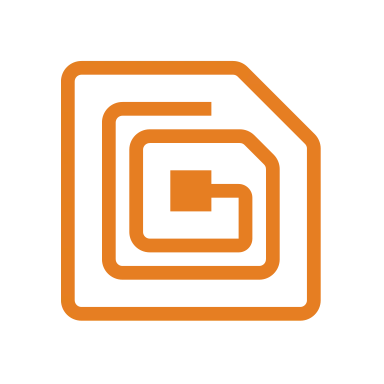Quiet Tag
What is a Quiet Tag?
A quiet tag is a type of RFID tag that can be read only with the RFID reader’s output at full power, or if the reader is scanning the tag at close range.
The concept of a Quiet RFID Tag is often used in environments where there is a need to reduce radio frequency congestion, prevent unauthorized tracking, or manage multiple RFID tags in close proximity without causing data collisions. These tags are particularly useful in situations where security and privacy are concerns, as they help prevent unintended or unauthorized reading of RFID tags.
By staying “quiet” until needed, these tags can enhance the efficiency of RFID systems in complex environments such as warehouses, retail stores, or areas with high tag density.
Quiet RFID Tag Use Cases
Quiet RFID tags are designed to remain inactive until they are specifically triggered, making them ideal for use cases where reducing interference, enhancing security, or managing large volumes of tags is crucial. Here are some common use cases for Quiet RFID tags:
1. High-Density Tag Environments
In environments like warehouses, retail stores, or distribution centers, where there are many RFID tags in close proximity, Quiet RFID tags help prevent signal collisions and reduce interference. By remaining inactive until specifically triggered, these tags ensure that only the necessary tags communicate with the reader, improving system efficiency and accuracy.
2. Security and Privacy
In scenarios where privacy is a concern, such as in secure facilities or during the transportation of sensitive materials, Quiet RFID tags can be used to prevent unauthorized reading. These tags only activate when within a specific range or when triggered by a secure reader, protecting sensitive information from being accessed by unauthorized parties.
3. Asset Tracking in Sensitive Areas
In environments like hospitals, laboratories, or government facilities where electronic interference must be minimized, Quiet RFID tags are ideal. Since these tags emit minimal radio frequency signals unless activated, they help maintain the integrity of sensitive equipment and data while still enabling effective asset tracking.
4. Event Management
During large events or conferences, Quiet RFID tags can be used to manage attendee movement and access control without causing congestion at entry points. These tags can be programmed to activate only when in close proximity to a reader, allowing for smooth and controlled access to various areas within the event space.
5. Supply Chain Management
In supply chains that handle high-value or sensitive goods, Quiet RFID tags can be used to enhance security. These tags can be set to activate only at specific checkpoints, ensuring that goods are tracked discreetly and securely throughout their journey, reducing the risk of theft or tampering.
6. Automated Inventory Systems
Quiet RFID tags can be employed in automated inventory systems where selective reading is essential. For example, in a retail environment, these tags can help in conducting precise inventory counts by ensuring that only the intended items are scanned, reducing the likelihood of errors and improving stock management.
7. Aviation and Aerospace
In the aviation and aerospace industries, where minimizing electronic interference is critical, Quiet RFID tags can be used to track parts and components without disrupting sensitive equipment. These tags only communicate when necessary, ensuring that they do not interfere with other electronic systems on aircraft or in maintenance facilities.
8. Controlled Access in Smart Buildings
Quiet RFID tags can be integrated into smart building systems to control access to specific areas or resources. These tags remain inactive until they are within a designated range of a reader, ensuring that only authorized personnel can access restricted zones or equipment.
By incorporating Quiet RFID tags into these use cases, organizations can enhance the efficiency, security, and reliability of their RFID systems, particularly in environments where reducing interference and protecting sensitive information are paramount.















